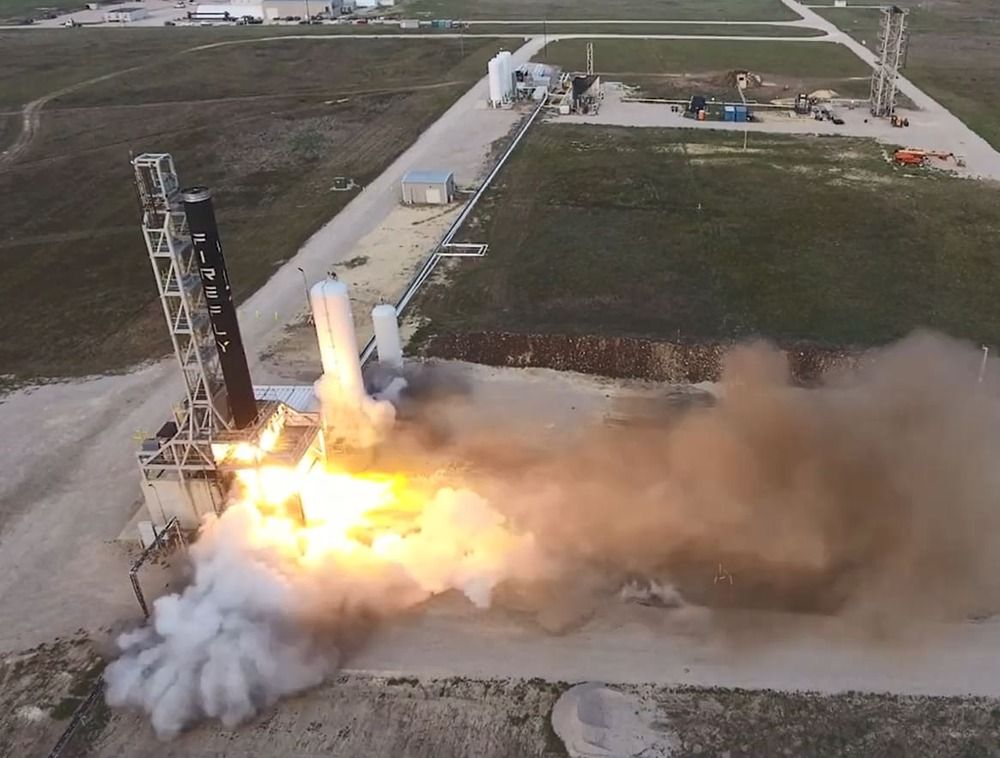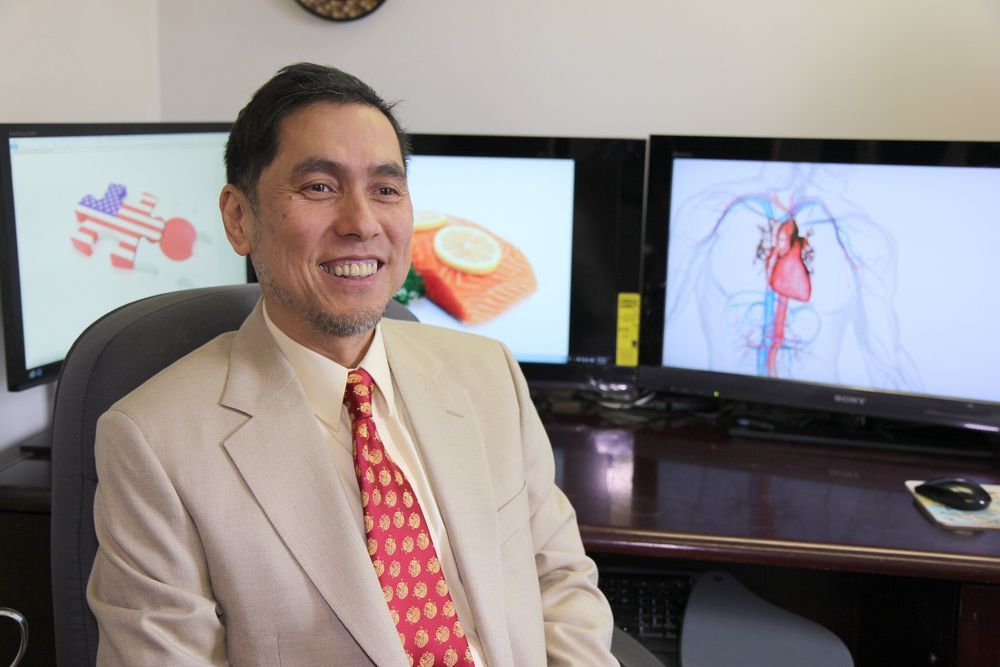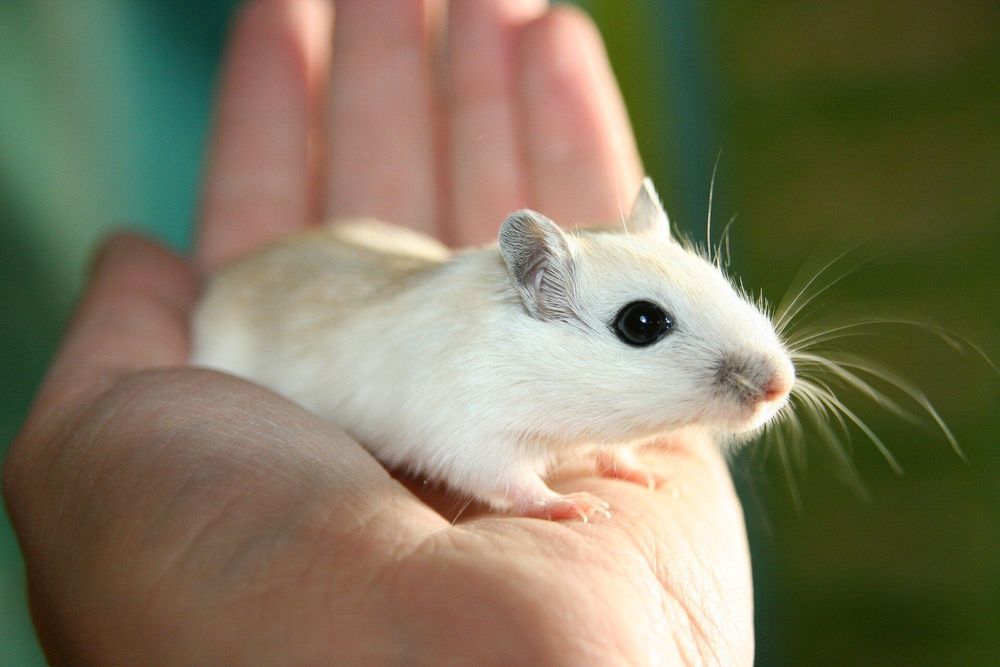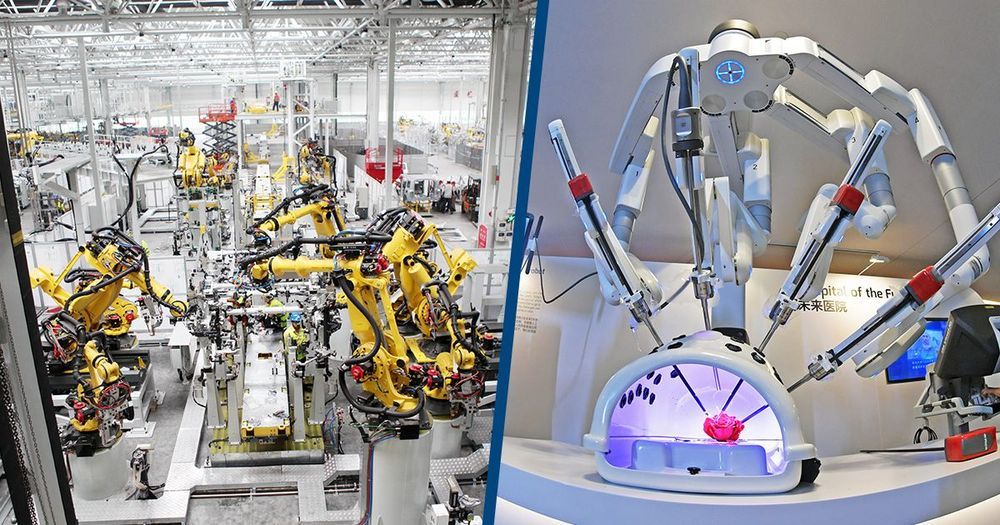An MIT CSAIL AI system that can automatically decipher extinct languages offers hope of preserving a wealth of historical heritage.



Amanda Levete’s firm AL_A is partnering with Canadian energy company General Fusion to design a pioneering power plant that will use nuclear fusion.
The prototype plant will act as a demonstration facility for the technology, which uses hydrogen as fuel, with onsite facilities for experts and the general public to visit.
“General Fusion wants to transform how the world is energised by replicating the process that powers the sun and the stars,” said AL_A.
Though its a bit old, and sometimes innacurate or snarky in narration, it’s still the most detailed depiction of the cryonics process — the procedure itself on a real person, the person preserved before dying and her family as they decide to do this, deal with her death, and reflect on it after she’s preserved. It’s quite emotional and sometimes graphic, but well worth watching. Will it work? Maybe. But if you are NOT preserved there is NO chance at all. From your perspective it’d be like waking up right after dying in some distant future without feeling like any time passed at all.
That sounds a hell of a lot more appealing and likely than a bearded man on a fluffy cloud winking at me after I die.
Anita Riskin is one of hundreds of people who believe in cryonics — the process where doctors freeze human bodies. Preserve them, so that some time in the future they can be resuscitated — brought back to life. Now, as Anita Riskin sets out on her amazing journey, for the first time, you’ll see how it’s actually done — at times, quite graphically.
For forty years, 60 Minutes have been telling Australians the world’s greatest stories. Tales that changed history, our nation and our lives. Reporters Liz Hayes, Allison Langdon, Tara Brown, Charles Wooley, Liam Bartlett and Tom Steinfort look past the headlines because there is always a bigger picture. Sundays are for 60 Minutes.
WATCH more of 60 Minutes Australia: https://www.60minutes.com.au

Firefly Aerospace currently plans for its maiden Alpha rocket launch to happen as early as Dec. 22, co-founder and CEO Tom Markusic told CNBC, as his company prepares for the next major milestone in its plan to offer a variety of space transportation services.
Markusic is confident in the launch date because of the “rigid” requirements of Vandenberg Air Force Base in California, where Firefly is finishing up work to prepare the launchpad at SLC-2. While “everything is susceptible to surprises,” with room in the schedule to launch as late as Jan. 31, Markusic said the “full gamut of rules” at Vandenberg means the company has put extra work into certification for Alpha’s first launch.
“We took the hard route to flight, and that was by going to a launch range that has very strict requirements,” Markusic said. “So our design has been highly vetted, as we have a lot of requirements that are put on us by the range and that makes the rocket ultimately more reliable.

Tesla has dismissed Evan Horetsky, also known as ‘Mister Giga’, the engineer behind Tesla’s construction projects and more recently leading Gigafactory Berlin construction, according to a German report.
Horetsky is a mechanical engineer who joined Tesla back in 2015 to work on the Gigafactory Nevada project.
He has since participated in most of Tesla’s construction projects around the world and most recently, he was put in charge of Tesla’s Gigafactory Berlin project.

Look into the night sky and you’ll glimpse the stars from hundreds of billions of galaxies. Some galaxies are swirling blue disks like our own Milky Way, others are red spheres or misshapen, clumpy messes or something in between. Why the different configurations? It turns out that a galaxy’s shape tells us something about the events in that galaxy’s ultra-long life.
At the very basic level there are two classifications for galaxy shapes: disk and elliptical. A disk galaxy, also called a spiral galaxy, is shaped like a fried egg, said Cameron Hummels, theoretical astrophysicist at Caltech. These galaxies have a more spherical center, like the yolk, surrounded by a disk of gas and stars — the egg white. The Milky Way and our nearest galaxy neighbor Andromeda fall into this category.

The researchers found that while equol production did not appear to impact levels of amyloid-beta deposited within the brain, it was associated with reduced white matter lesion volumes. Sekikawa’s team also discovered that high levels of isoflavones—soy nutrients that are metabolized into equol—had no effect on levels of white matter lesions or amyloid-beta when equol wasn’t produced.
According to Sekikawa, the ability to produce equol from soy isoflavones may be the key to unlocking protective health benefits from a soy-rich diet, and his team has previously shown that equol production is associated with a lower risk of heart disease. As heart disease is strongly associated with cognitive decline and dementia, equol production could help protect the aging brain as well as the heart.
A metabolite produced following consumption of dietary soy may decrease a key risk factor for dementia—with the help of the right bacteria, according to a new discovery led by researchers at the University of Pittsburgh Graduate School of Public Health.
Their study, published today in the journal Alzheimer’s & Dementia: Translational Research & Clinical Interventions, reports that elderly Japanese men and women who produce equol—a metabolite of dietary soy created by certain types of gut bacteria—display lower levels of white matter lesions within the brain.
“White matter lesions are significant risk factors for cognitive decline, dementia and all-cause mortality,” said lead author Akira Sekikawa, M.D., Ph.D., associate professor of epidemiology at Pitt Public Health. “We found 50% more white matter lesions in people who cannot produce equol compared to people who can produce it, which is a surprisingly huge effect.”

UCLA researchers have identified a compound that can reproduce the effect of exercise in muscle cells in mice. The findings are published in the journal Cell Reports Medicine.
Normally, muscles get stronger as they are used, thanks to a series of chemical signals inside muscle cells. The newly identified compound activates those signals, which suggests that compounds like it could eventually be used to treat people with limb girdle muscular dystrophy, a form of adolescent-onset muscular dystrophy.
When muscles aren’t worked regularly, they gradually atrophy. (The phenomenon is familiar to anyone who’s had a cast on their leg for several weeks.) Fortunately, for people with healthy muscles, that deterioration is reversible. Muscle use stimulates chemical messengers inside the muscle cells that increase muscle mass and strength.

Microsoft will be using Starlink broad band for their cloud services.
SpaceX President Gwynne Shotwell announced today the company will collaborate with Microsoft to connect Starlink broadband internet satellites with Microsoft’s Azure cloud service. “Our new partnership with SpaceX Starlink will provide high-speed, low-latency satellite broadband for the new Azure Modular Datacenter (MDC),” Microsoft detailed in a press release. “SpaceX is of course the name that people immediately think of when they think of innovation and the evolution that’s occurring to bring space technology into the 21st century,” said Tom Keane, Microsoft’s corporate vice president of Azure Global.
Starlink is SpaceX’s plan to create an internet-beaming satellite constellation in low Earth orbit to provide service globally. Primarily focused in areas where internet connection is unreliable and nonexistent. To date, SpaceX has deployed a bit over 800 satellites to orbit out of the thousands that will comprise the Starlink network. —“The collaboration that we’re announcing today will allow us to work together to deliver new offerings for both the public and the private sector to deliver connectivity through Starlink for use on Azure,” Shotwell said in a video announcement (shown below). “Where it makes sense, we will work with [Microsoft]: co-selling to our mutual customers, co-selling to new enterprise and future customers.”
Shotwell shared that over the last few months SpaceX and Microsoft have been testing the software and hardware needed to connect the Starlink satellites in orbit to the Azure cloud service. -“So, I think that’s worked out really well,” she said. The partnership will enable Microsoft to offer its cloud service in remote areas around the planet. “We can connect via satellite lengths any element on the Earth to another point on the Earth, which I think goes extremely well with the technologies you are trying to build out…” Shotwell told Keane.

A ‘robot revolution’ is underway and could lead to half of all jobs being done by machines by 2025, according to forecasters.
The World Economic Forum has said that 97 million new jobs are set to be created by increased automation of manual and routine labour in several major industries.
But they’ve warned that just as many jobs will be lost, and that the trend could worsen inequality in poorer communities as humans lose out to machines in the workplace.